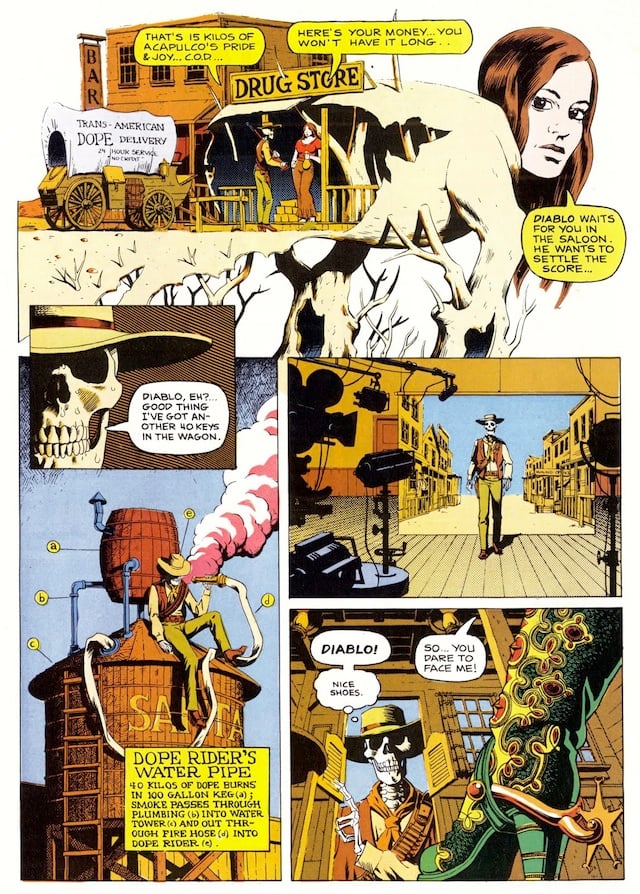What Will the Cannabis Industry Look Like In Ten Years?
(Hi, this is Tim Carmody filling in for Jason this week. Hope you all have had a lovely holiday and are ready for more bloggy goodness here at kottke dot org.)
For a variety of reasons, I recently found myself inside a legal marijuana dispensary for the first time. I wasn’t sure exactly what I expected the retail experience to be like — a liquor store? a coffee shop? a used car lot? the paraphrenelia shops I first checked out as a teenager? — but I was nevertheless surprised.
The closest analogy I can think of is a jewelry store. There was pretty decent security, including a whole separate room for customers to check in, and everything was presented in a secure display case. A salesperson walked you through the samples to answer questions, guide you in one direction or another, and take your order, while the order itself was filled in a secure area away from the showroom. The other shopping experience I’ve had that’s similar was buying medical equipment, which makes some sense given the origin of a lot of retail dispensaries in the medical marijuana era. You could also say it’s a little like a pharmacy (which again, is probably unsurprising).
Some of the setup of dispensaries is a function of legal regulations (do you need to check IDs and differentiate between medical and recreational customers?) and some of it solves some practical problems (weed is expensive and there’s still a viable aftermarket, so you are in principle a target for theft).
But it’s also a question of culture: who’s involved in the transaction as a seller and as a buyer, and what are their assumptions and competencies that they’re bringing to the party (so to speak)?
For instance, today Lifehacker (I know, right?) has a short interview with an entrepreneur who runs dispensaries in California, who comes out of the restaurant industry. (It’s titled “How to Break Into the Legal Weed Industry” which is, I think, a very rare kind of service journalism, or more likely, a simple explainer masquerading as service journalism.)
“My entrance into the cannabis industry was several years ago,” said Captor Capital’s Adam Wilks, who operates dispensaries in California, where he reported the business is “smooth sailing” for the most part. “I had worked in the restaurant industry for major brands, including Pinkberry. When I entered, we were just starting to see traction with federal legalization pushes like the SAFE Banking Act and statewide sweeps. I think I entered during the ‘sweet spot’ period where there was still a lot of excitement about an emerging industry and a lot of big money wasn’t quite ready to take risks. Now, everyone is funneling into cannabis.”
Now, a restaurant is a very different industry and has a very different culture than a pharmacy or jeweler or the marijuana sales industry as it’s existed pre-legalization. One might expect a very different retail experience by people with those competencies and expectations. As people from other industries enter the world of cannabis, an amalgamated lingua franca might start to emerge, or you might get very differentiated experiences in different markets.
There’s an Achewood comic titled “Marijuana is not coffee” that’s about five years old now that compares the emerging legal cannabis industry to coffee shops — not just ubiquitous but gentrified, made completely palatable by the American retail industry’s ability to turn anything into a consumer-friendly experience. The characters also imagine a whole cannabis-specific jargon, on the model of coffee talk. Here’s an excerpt:

I don’t know; someone with more than a passing acquaintance with these shops and their alternatives will have to do the full anthropology. But it does seem to me that with the legalization of marijuana, we are in the process of changing more than who is allowed to get high and who is allowed to get paid without being punished.






Stay Connected